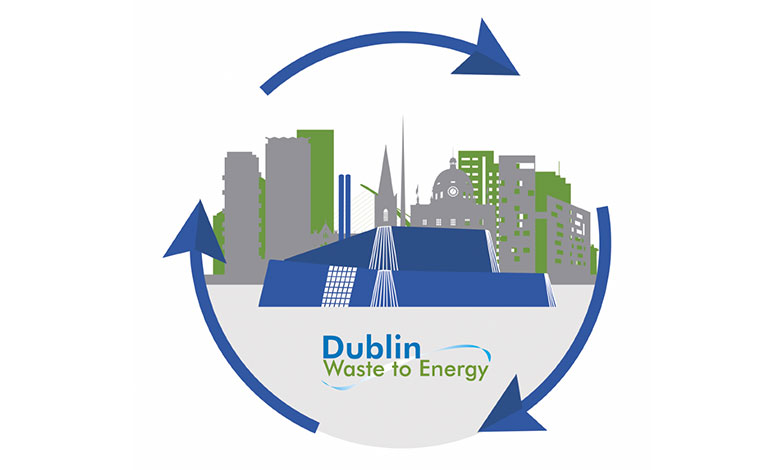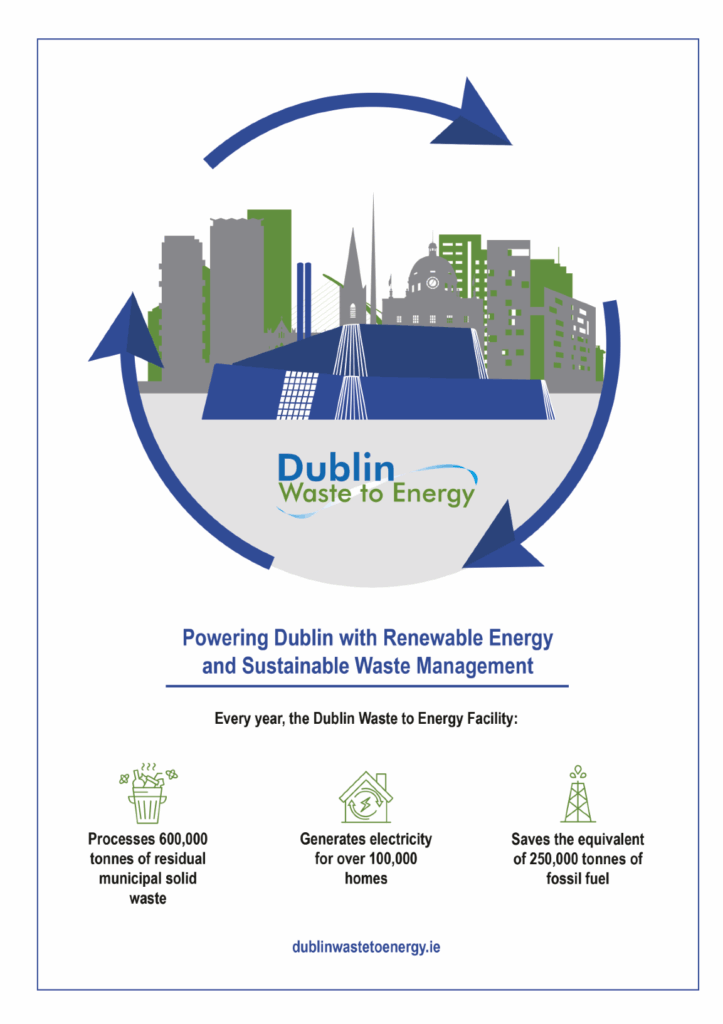
Sigenergy: Innovating the future of energy
30th May 2025
Looking ahead in 2025: Planning and environmental law update
30th May 2025Transforming waste into energy: Dublin Waste-to-Energy’s vision for the future

Now in its eighth year of operation, Dublin Waste-to-Energy has become a cornerstone of sustainable waste management in Ireland, converting non-recyclable waste into valuable energy.
Since its inception, the facility has played a crucial role at the heart of the circular economy, preventing a staggering four million tons of waste from ending up in landfills or being exported. In doing so, it has generated over 3,000GWh of pre-dominantly renewable electricity, which is fed into the national grid.
While electricity is the byproduct of the waste-to-energy process, it now makes up 2% of the electricity generated in Ireland, more than oil and equivalent to solar and hydroelectric technologies.
Beyond electricity generation, the plant also serves to recover valuable materials, further closing the loop on resource use. Now, Dublin Waste-to-Energy is taking another major step forward.
One of the byproducts of the waste-to-energy process – incinerator ash – contains valuable metals and minerals that would otherwise go to waste. Using advanced magnetic separation and mechanical extraction technologies, the facility will recover ferrous and non-ferrous metals, including copper, aluminium, and zinc.
In 2025 Ireland’s first processing plant for bottom ash from the waste-to-energy process will go live at the Knockharley waste management complex on the outskirts of Dublin. The plant will support Ireland’s circular economy by processing residual materials for recycling and reuse rather than allowing them to be exported overseas. This initiative not only conserves critical resources but also reduces the environmental impact of virgin metal extraction. It also unlocks the potential to produce secondary aggregates for local construction, thereby reducing the reliance on the mining of virgin resources.
Looking ahead to 2026, Dublin Waste-to-Energy will take another transformative step by integrating its operations into the Dublin District Heating Scheme. The facility will serve as the baseload energy source for the project, supplying heat to new Glass Bottle Scheme in Poolbeg, and to commercial buildings on both sides of the River Liffey.
By recovering and distributing heat that would otherwise be lost, this system will contribute to a more resilient and sustainable urban infrastructure and enhance overall energy efficiency, reduce dependence on imported fossil fuels, contribute to Ireland’s renewable heat targets and significantly cut carbon emissions compared to conventional heating methods.
Beyond 2030
Dublin Waste-to-Energy is actively exploring new technologies to further decarbonise its operations. The ambition is to move beyond 2030 targets – not just reducing emissions but achieving a carbon-negative footprint.
One of the most promising advancements in achieving carbon negativity is the integration of Carbon Capture and Storage (CCS) technology. The plant is evaluating cutting-edge solutions that would allow for the capture of carbon dioxide (CO2) emissions before they enter the atmosphere. These advancements could dramatically reduce the carbon footprint of the waste sector, turning it into a net remover of CO2 rather than an emitter. By pioneering carbon capture, resource recovery, and district heating, Dublin Waste-to-Energy is setting a precedent for the future of sustainable waste management. The potential to revolutionise the sector is immense, and the time for action is now.
With bold innovation and continued investment, Dublin Waste-to-Energy is not just managing waste; it is shaping Ireland’s low-carbon, circular economy for generations to come.



